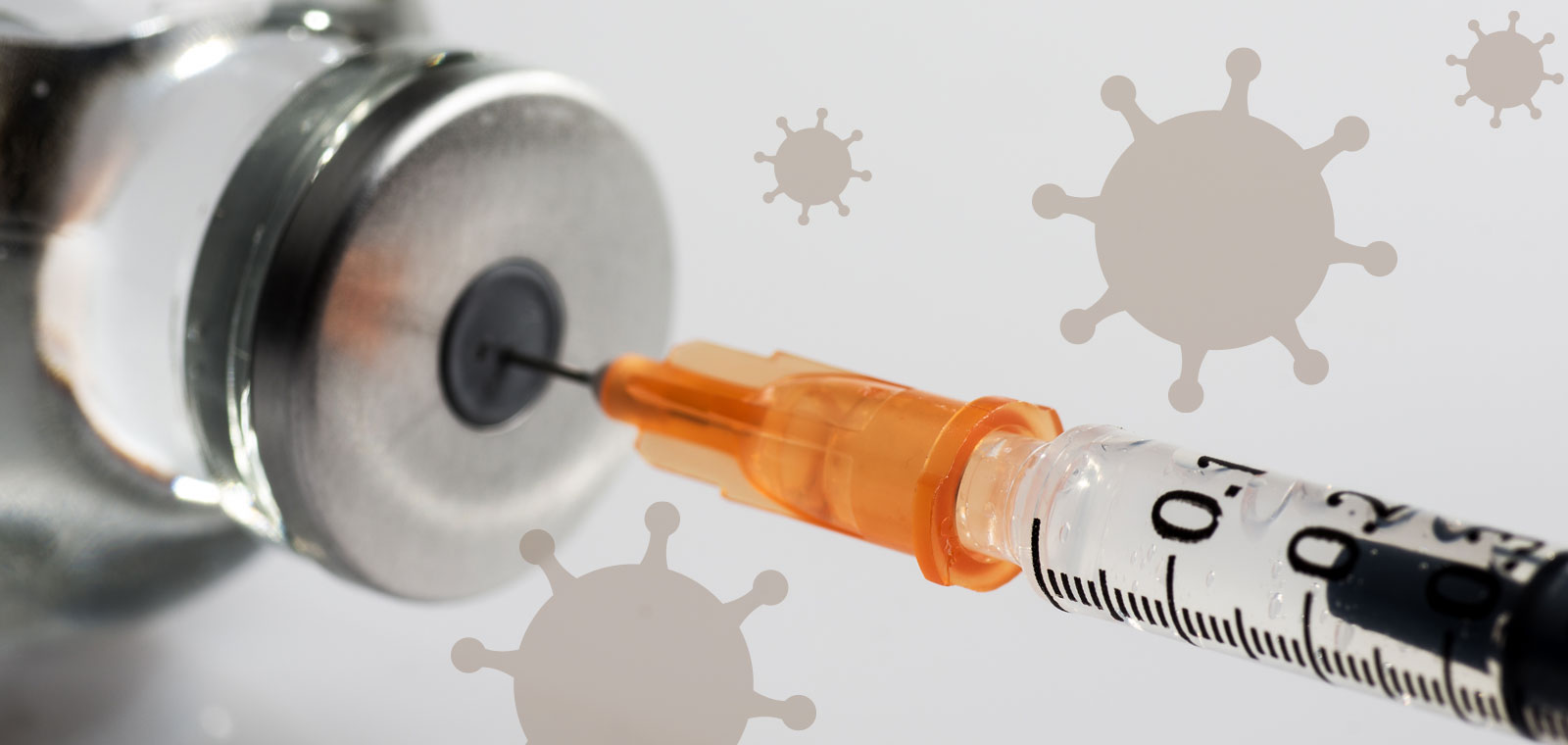
Now that it’s getting colder, the sniffling in the Netherlands increases. Also, the flu season is just around the corner. This is even more unpleasant now that coronavirus is in the country as well, and the symptoms are similar. The way we get infected appears to play a role too.
Fortunately, vaccines against the flu virus already exist but they only protect against a few types. So, if another type of flu virus appears than predicted, the vaccine is less effective against it. For this reason, we want to develop a vaccine that is effective against every flu type, a so-called universal vaccine. But in just testing such a vaccine is already more involved than what meets the eye.
First a trial in animals, but how?
Before a vaccine is tested in humans, it’s first tested in animal models; not just on safety, but also on effectiveness. The latter we do by infecting animals with the virus in a very controlled way. Some of the animals have first been vaccinated with the experimental vaccine and some of them, the control group, didn’t receive the vaccine. After infection, we can then determine which animal is protected against the flu.
But… how do you infect an animal with the flu virus? Humans get infected via coughing and sneezing in the air or by touching a contaminated surface. But how do you simulate this in an animal model? A specific amount of virus is often administered in the lungs or through the nose and/or mouth. But is this the right way?
Researching the best method of infection
Researchers at BPRC have studied what the best way is to infect long-tailed macaques with influenza virus (flu virus). In an attempt to administer the virus in a more natural way, researchers used a nebulizer to create a ‘virus cloud’ of very small droplets. Then they let anesthetized long-tailed macaques inhale those very small droplets, the so-called aerosols.
When they compared the animals’ immune response to this ‘aerosol administration’ with the up to now most used method for infection through lungs/nose/mouth, the animals of both groups turned out to be infected with the virus, as expected. But with one important difference: the animals who had been infected in the usual way, had a more active immune system than the animals who had received the ‘aerosol administration’.
Through lungs/nose/mouth
We also observe a more active immune system in humans who are infected with influenza virus. And therefore, administration through lungs/nose/mouth could well be the best way of administering the virus, because this most resembles the natural situation in humans.
If you like to read more, the published paper on our research can be found here.

